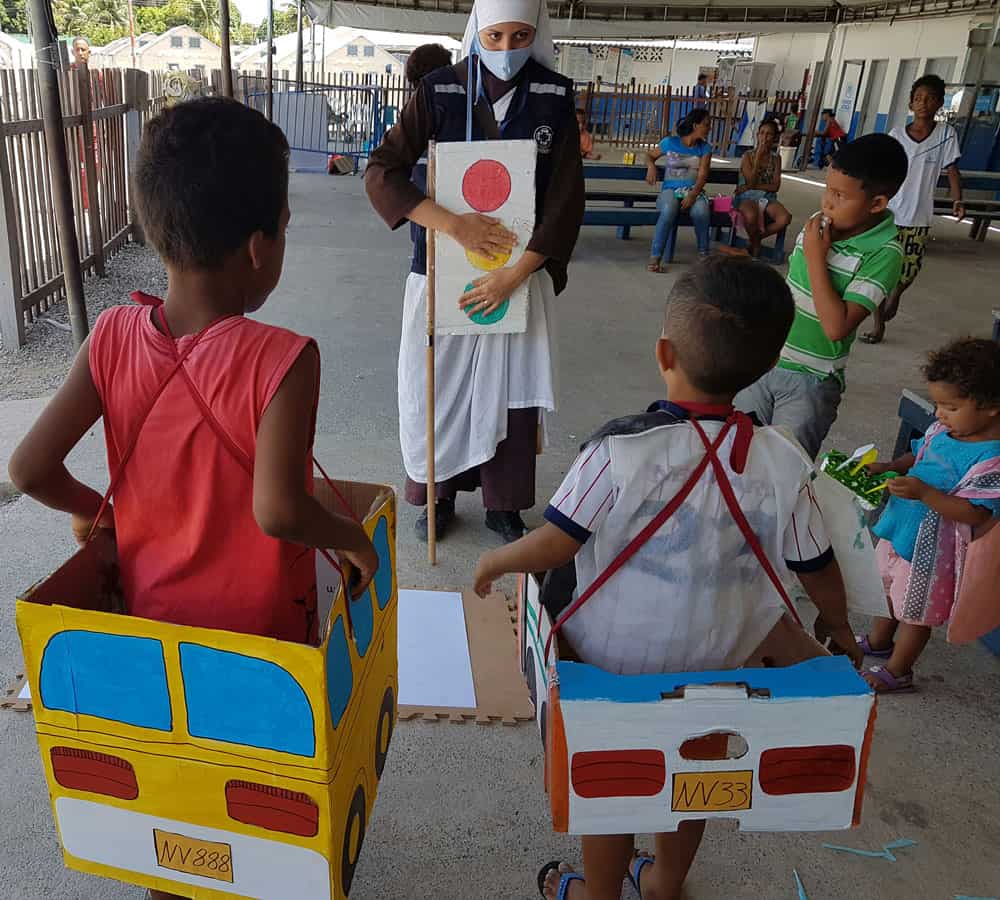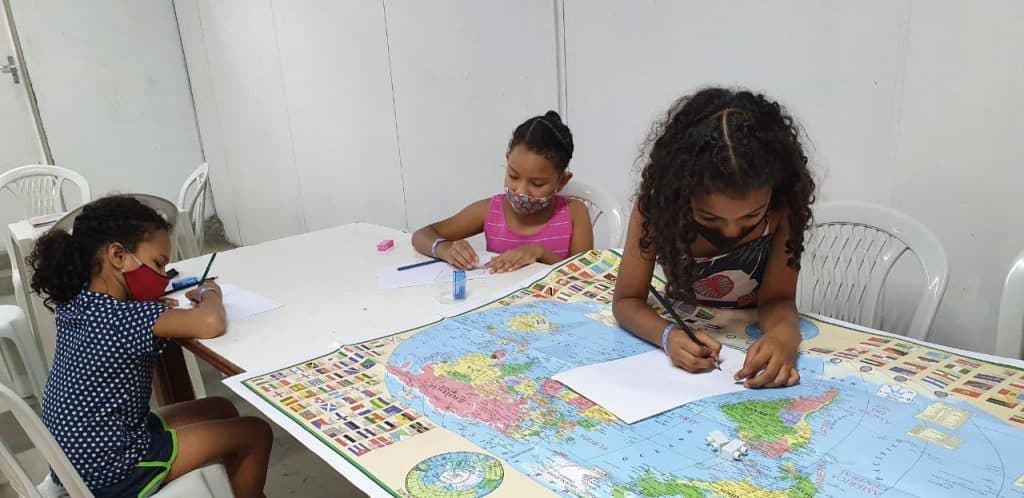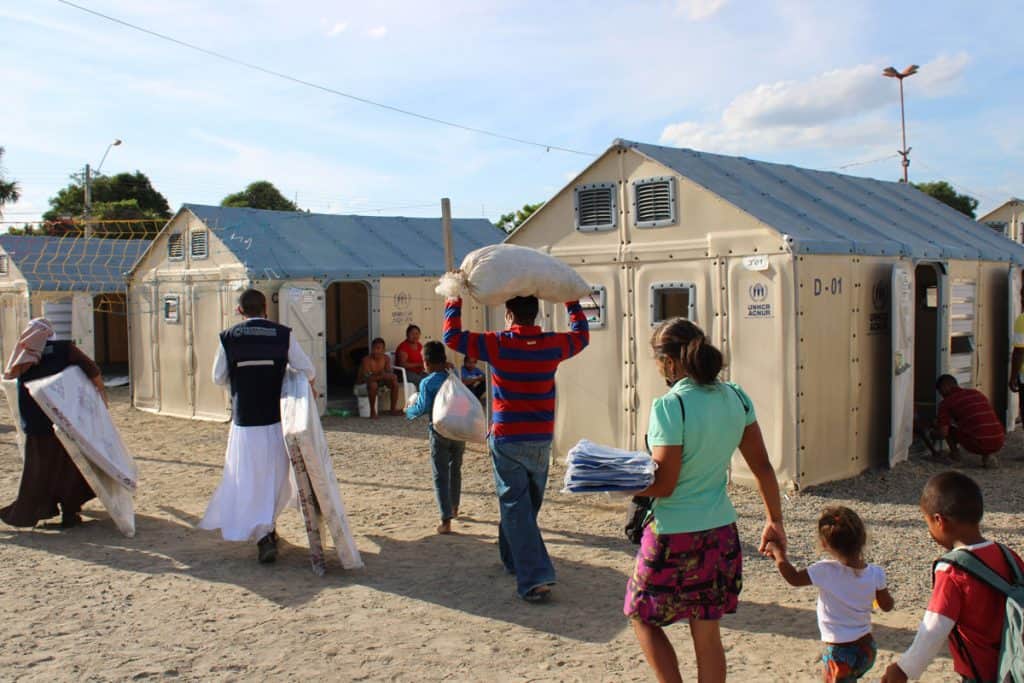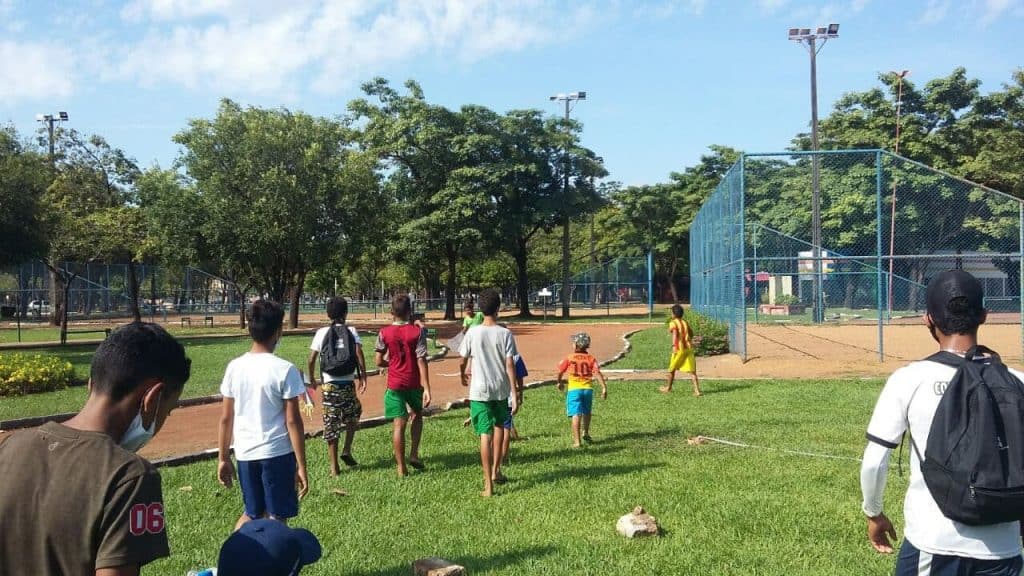Today, on October 31st, the World Cities Day is being celebrated. The date was created by the UN in 2013, and celebrated for the first time in 2014, with the goal of making the international community aware of global urbanization, and fostering cooperation between states for facing the challenges of urbanization, as well as encouraging sustainable urban development.
The date concludes the activities of Urban October, an event held annually by the UN which begins on World Habitat Day, this year on October 14th.
During the month of October, the Urban Circuit of the UN Habitat Brazil carried out a series of activities focused on sustainable urban development, with insights into the central role of cities in the mitigation of and resiliency to climate changes. There were 183 events with more than one thousand Brazilian and international panelists. The program was shown on the channel of the organization through YouTube.
The Cities theme is part of the 2030 Agenda created by the UN, a guide that orients the actions of the international community, containing bold and transformative measures to place the world on a more sustainable and resilient path until 2030.
The Agenda adds 17 Sustainable Development Objectives (SDOs), which are integrated and encompass three dimensions of sustainable development: economic, social and environmental.

The SDO 11 – Sustainable Cities and Communities – has the goal of making cities and human settlements inclusive, safe, resilient and sustainable. At a worldwide level, the 11.1 says: ensure access for all to safe, adequate and affordable housing, and to basic services, and urbanize slums. Within Brazil, it is described as follows: guaranteeing access for all to decent, adequate and affordable housing; to basic services, and urbanize precarious settlements in accordance with the goals taken on by the National Housing Plan, with special attention to groups in vulnerable situations.
Cities and Refugees
The Sphere Handbook, for a more inclusive welcome in cities
According to data provided by the National Committee for Refugees (Conare), at the end of 2020 there were 57,099 refugees known to be in Brazil. The Venezuelan population is at the head of the list, with 46,412 people.
Seven out of ten refugees and internally displaced people live in urban centers. This information is from the UN Agency for Refugees (UNHCR). The cities have an important role in the context of welcoming and integrating refugees.
The Humanitarian server and member of the Training and Development Subcommittee (T&D) of the Fraternity– International Humanitarian Federation (FIHF), Ricardo Treno, worked with the Venezuelan refugee population that lives in the shelters of Boa Vista and Pacaraima, as well as in the TransitShelter of Manaus (TSM). In the interview below, he addressed the importance of the Sphere Handbook in the process of welcoming the displaced population in the host country.

In view of the immense contingent of immigrants and refugees that spread every day through the various countries, and specifically, in the current Brazilian situation with Venezuelan people, how are our cities responding to this new situation?
Brazil is a very large country. Each state, each city has a different response.
In general, we have two situations: immigrants who move on their own to various cities in Brazil, and those that are in the shelters of Operation Welcome, going through a process of interiorization.
The ones going through the process of interiorization are protected. They are assured they will not be entering into a slave work network or a human trafficking network. They are taken in by their family, by a relative or by a host group, although many times it’s not possible for them to continue their lives in these cities.
Those who are on their own are more vulnerable. In this sense, each city can come up with a different response. Various organization of civil society, religious associations, can create initiatives to work with these immigrants, include them and absorbing them in the place where they are.

Among the many challenges to having more inclusive cities, what is the contribution of the Sphere Handbook and Sphere Standards in Urban Settings for taking in immigrant and refugee people?
The Sphere Standards in UrbanSettings provide the map for what is truly important, when there is a group of displaced population within a city.
The displaced people must be integrated into the already existing structure. In this sense, the Handbook teaches that we have to use the structure of the cities and collaborate with local groups, whether civil society or governmental, that know the territory best.
We focus a lot on the diagnostic and context analysis that give us some suggestions, which are viable or not. The Handbook suggests tools for evaluating the most sensible response.
In a general way, I teach that we evaluate what already exists and call attention to the difficulty of making a diagnosis at a human level, such as for example, levels of nutrition, illnesses… Very challenging.

Beyond the humanitarian response to the immigrants and refugees, what subjects are addressed by the Sphere Standards?
The great contribution of the Sphere Handbook is the ethical aspect. The basic chapters give us a perspective that people affected by a crisis are not completely helpless. They must participate in the decision-making process, because humanitarian aid can’t be forced on them. Respect for the dignity of these people is vital, a priority in humanitarian responses. And the Sphere Standards refer to this dignity. All of us in such a situation aspire for respect, dignity and autonomy to make our own decisions.





